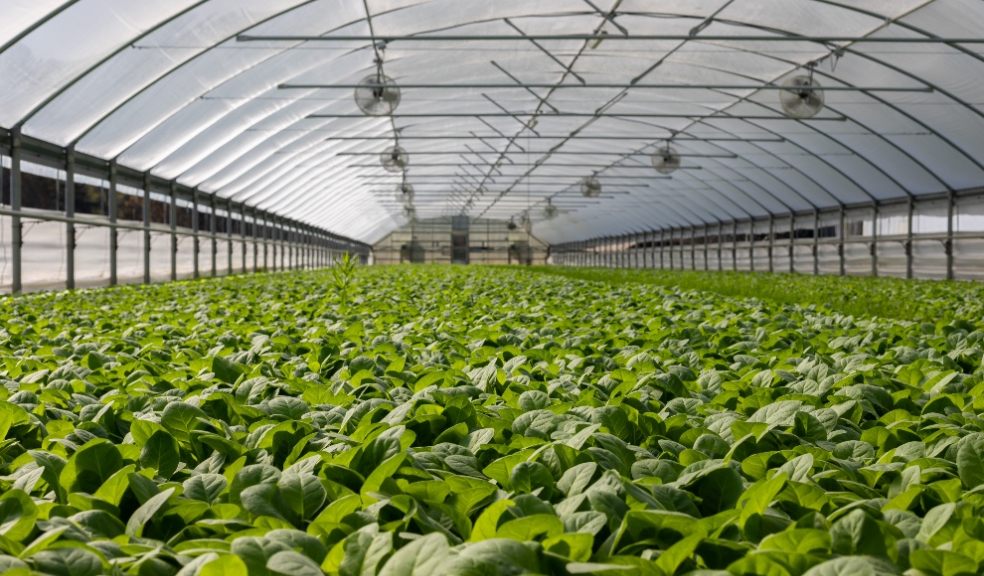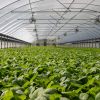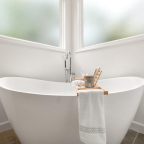
Different Types of Greenhouses and Their Benefits
Over 90% of crops are grown outside in the fields, which makes it utterly dependent on the conditions of Mother Nature. In parts of the world where the climate makes it difficult to grow crops, man has developed methods to grow plants by protecting them from extreme conditions - these are greenhouses. The technology is basically giving the plants a favorable environment to grow and increase productivity.
If you’re looking to build a greenhouse or any shelter for your plants you might want to consider purchasing them from a reputable manufacturer. The in-depth reviews from https://whatshed.co.uk/vouchers-for-tigersheds-com/ will give you tips on how to save on your purchase. These tips vary from getting a great discount or save money from shipping costs by availing their free delivery offer. With that said, here are the different types of Greenhouse Designs:
-
Lean-to Type
A lean-to design is when the greenhouse is placed against the side of an existing structure. It is built against a house, using the current framework for one or more sides of it. It is usually attached to a house, but other buildings may be attached. The building's roof is extended with sufficient material covering the greenhouse, and the room is fully enclosed. It is typically south-facing. It should face the best direction for adequate sun exposure.
It is generally close to the electricity, water, and heat available. It also costs less due to reduced material requirements. This design makes the best possible use of sunlight and minimizes the roof support requirements.
-
Even Span
The typical style and full-size structure is the even-span, the two roof slopes are of equal pitch and width. This design is used for small size greenhouse, and it is built on level ground. At one end of the gable, it is fixed to a house. It can accommodate 2 or 3 rows of benches with plants. An even-span greenhouse costs more than a lean-to-type, but it has greater design flexibility and provides for more plants. It also has a better shape to maintain uniform temperatures during the winter heating season than a lean-to type.
-
Uneven Span
This type of greenhouse is built on hilly terrain. The roofs are unequal in width; it is rendered so that the structure adaptable to hillside slopes. They're suitable for greenhouses built on the hillsides. The longer side of the roof allows for more sunshine to reach the greenhouse without the side walls or rafters being obstructed.
-
Quonset
This is a greenhouse, where the pipe arches or trusses are supported by pipe purling that runs along the greenhouse length. Commonly, polyethylene is the covering material used for this kind of greenhouse. They are usually less costly than the greenhouses connected to the gutter. They are also useful when you require a small, isolated cultural environment. The truss members overlap enough in the interlocking form to allow a bed of plants to grow between the overlapping portions of adjacent houses. The arched roof allows an effective transfer of stresses on the framework down to the ground.
-
Sawtooth
These are similar to the greenhouses of ridge and furrow type, except that this type allows for natural ventilation. A natural flow path for ventilation evolves in a greenhouse form of the saw- tooth. The mid-house exhaust ventilators can be conveniently mounted in the vertical wall above the gutter.
-
Ridge and Furrow Type
This form of design utilizes two or more A-frame greenhouses linked to each other along the eave line. The eave acts as a furrow or a gutter for carrying away rain and melting snow. The sidewall between the greenhouses is removed, resulting in a single large interior structure. The interior space reduction decreases manpower and reduces energy costs. It also improves personal management and reduces fuel consumption because there is less exposed wall area from which heat flows.
The advent of modular structures leads to the development of technologies that promotes an environment suitable for different types of crops. The different types of greenhouses incorporate modern automation that creates a customized climate for the plants being grown inside. Also, lightweight materials covering the structure have replaced the glass and have given way for more types of greenhouse structures developed. The advantages of each type should be taken into account to cater to your needs as well as your crops’.



















